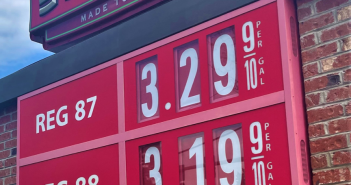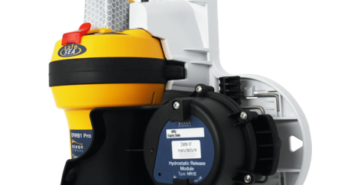
Put the Right Gas in Your Tank: BoatUS
Here’s a timely warning from BoatUS about the need to make sure you’re putting the right gas in your boat at the pump: SPRINGFIELD, Va., May 22, 2023 – Today’s gas station pumps no longer provide clear and transparent information to help consumers make the right fuel choice. Dispensing pumps have become a marketer’s dream, chock full of attention-grabbing video screens blasting amplified sound that visually plaster a captive audience with a mishmash of eye-catching advertisements from two-for-one coffee to $1 hot dogs. With all that distraction and summer boating season kicking off this Memorial Day weekend, Boat Owners Association…









